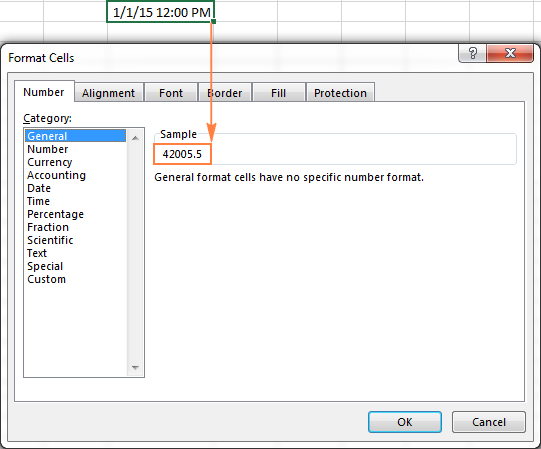


Traditionally, the main tool used for creating pivot tables is Microsoft Excel. What tools can be used to create a pivot table? We’ll introduce some of the most popular tools in the next section. There are several different tools you can use to create a pivot table. For now, though, let’s focus on the hands-on aspect of actually creating a pivot table. You’ll find an in-depth introduction to pivot tables in this guide. All of these give you a good starting overview of what your data looks like. Descriptive statistics are, generally speaking, measures that show, at a glance, quantitative characteristics about the data, such as count, sum, min, max, variance, standard deviation, and so on.

Summary in this case could mean all kinds of descriptive statistics that the pivot table groups together in a meaningful way. Pivot tables are a summary tool that helps you synthesize information from a dataset or a database. So, how do you create a pivot table? Let’s find out. How to create a pivot table in Excel: A step-by-step tutorial.What tools can be used to create a pivot table?.We’ve divided our guide into the following sections: Last but not least, we’ll show you how to create one! If you want to skip straight to the tutorial part, you can jump ahead using the clickable menu below. We’ll start with a quick refresher on what pivot tables are and what they’re used for then we will explore what tools can be used to create a pivot table. In this post, we’ll provide a simple, easy-to-follow tutorial for creating pivot tables. So, if you’re an aspiring data analyst, you’ll certainly need to get to grips with pivot tables and learn how to create them. They are quick to create, they carry a lot of synthesized information, and their output can easily be modified for further applications. Pivot tables are a very important tool when it comes to analyzing larger datasets and data tables.


 0 kommentar(er)
0 kommentar(er)
